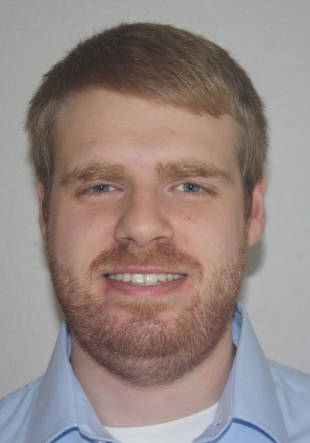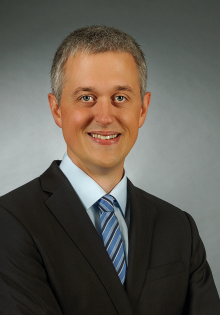Acoustic Sensor Networks
In recent years more and more acoustic sensors became availiable in domestic environments. For example notebooks and smartphones, which are equipped with microphones, exist in nearly every household but also digital home assistants, which even provide multiple microphones, are present in many households. In combination with wireless networks powerfull wireless acoustic sensor networks (ASNs) can be set up. The spatial diversity of the acoustic sensors and the possibility of a distributed signal processing allow e.g. to solve tasks like signal enhancement and sound recognition.
Our research activities in the field of acoustic sensor networks include sound recognition and geometry calibration.
Geometry Calibration
The tasks to find the relative positions and orientations of microphones mounted on the nodes, i.e. the devices that form the ASN, is called geometry calibration. This additional knowledge about the geometry of the ASN is needed for tasks like audio stream synchronization and enables for example location-based decisions in signal processing algorithms.
The investigation of multiple spatial information is one aspect of our research. For example there are some classical information sources like the direction of arrival or the time-difference of arrival. Furthermore, distance information can be inferred from the recieved signal strength indicator or the coherent-to-diffuse power ratio. All of these information sources have diverse advantages and disadvantages. Therefore our research will focus on the combination of the different information sources for geometry calibration. Amongst other things, this includes the environment dependent decision, which information should be used.
Moreover, we will consider dynamic scenarios. For example there can be moving sources like humans or changes in the network. Additional challenges appear in non-synchronous networks which introduce an unknown sampling rate offset and an unknown phase off-set. The detrimental effects of these unknown parameters have to be studied and counter strategies have to be developed in the future.


